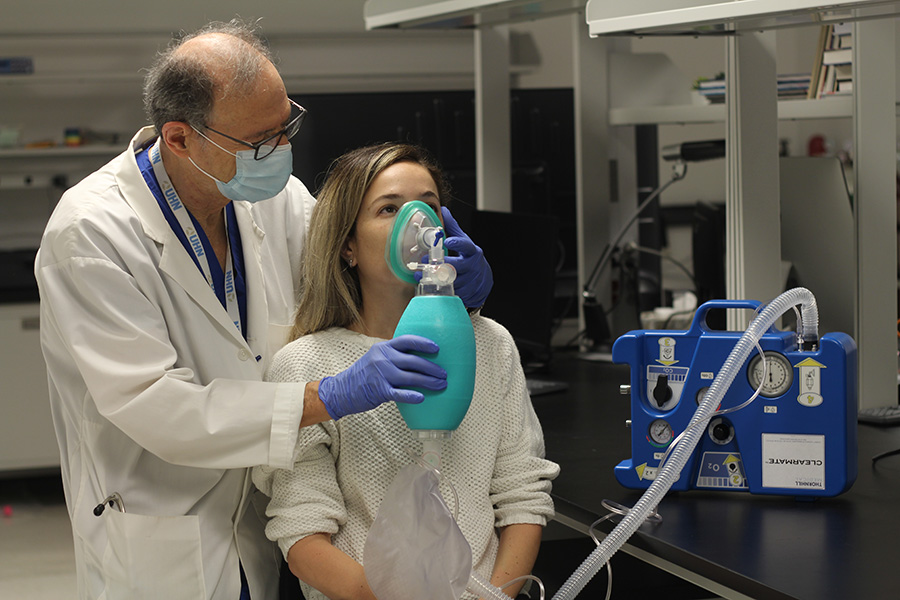A team of researchers in Canada have discovered a simple method that employs hyperventilation to rid the body of ethanol and potentially reverse the effects of alcohol intoxication.
One drink can easily become several on a night out and lead the drinker to experience a buzz. However, at certain times too many drinks in a short amount of time can cause alcohol intoxication. This can result in impaired coordination, seizures, irregular breathing, and unconsciousness. Other than binge drinking, alcohol poisoning can also occur due to accidental ingestion of household products containing alcohol.
Ethanol, the alcohol compound found in alcoholic drinks, is easily absorbed by the body. However, it’s clearance can take time.
The main organs involved in removing ethanol from the body are the liver, kidneys, and lungs. 90% of the clearance occurs through the liver at a rate that cannot be sped up. The current methods of treating life-threatening alcohol intoxication therefore involve relying on a person’s liver and supportive measures.

How can Breathing Treat Alcohol Intoxication?
Dr. Joseph Fisher was thus inspired to find a more accelerated way of removing the excess ethanol in the body. He worked with a team of researchers at Canada’s University Health Network (UHN) to determine whether breathing faster and harder could potentially expel the ethanol more quickly. He published the findings of the study in the journal Scientific Reports.
During hyperventilation, the lungs expel carbon dioxide along with the ethanol. However, this can in-turn result in light-headedness and even fainting. The team, therefore, designed a device that returned a small amount of the exhaled carbon dioxide back into the body. Thus, helping maintain carbon dioxide in the body within normal levels.
The device is the size of a small briefcase. It includes a valve system, connecting tubes, a mask, and a tank containing compressed carbon dioxide.
It’s very basic, low-tech device that could be made anywhere in the world: no electronics, no computers or filters are required. It’s almost inexplicable why we didn’t try this decades ago.
Dr. Joseph Fisher anesthesiologist and senior scientist at the Toronto General Hospital Research Institute (TGHRI)
The team recruited five healthy male participants for the proof-of-concept study. Each participant drank a glass of vodka and had a blood alcohol concentration of around 0.1 percent. The device helped eliminate alcohol at a rate three times faster than the liver. While they described the process of hyperventilation as tedious, none found it to be uncomfortable.
Don’t Start Hyperventilating Just Yet
While the study proved the concept, further clinical trials are required before the method can be adopted for treating alcohol intoxication. Furthermore, Dr. Fisher believes it can play a vital role in treating emergency cases.
However, it looks like you can’t just hyperventilate your way out of a DUI ticket. According to the authors of the study, the technique is most efficient in life-threatening cases and not a night of drinking.
Researchers argue, using the device can be a complicated task for those intoxicated. It will therefore be interesting to observe how the device functions in a non-clinical setting and those too drunk to follow instructions.
Reference:
Klostranec, J.M., Vucevic, D., Crawley, A.P. et al. Accelerated ethanol elimination via the lungs. Sci Rep 10, 19249 (2020). https://doi.org/10.1038/s41598-020-76233-9




